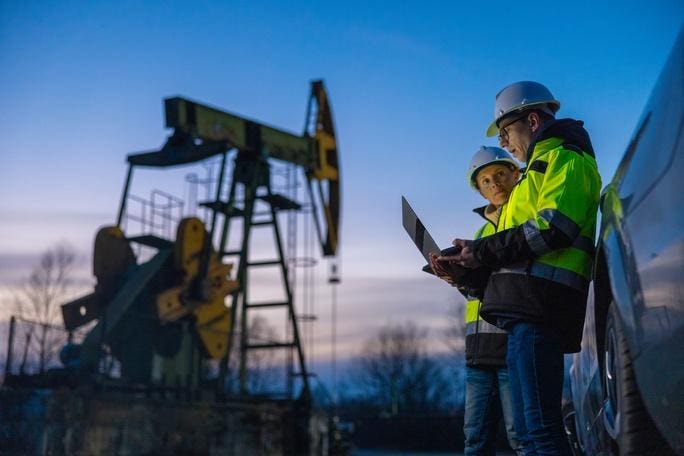Shashidhar Reddy Keshireddy is the Director of Data Integration Specialist at CEPTUA IT INC.
I see the integration of artificial intelligence (AI) into oil and gas operations as significantly reshaping how companies make timely, informed decisions.
Especially in oil and gas, staying ahead requires more than just experience—it takes actionable insights from data. With this in mind, the “digital oilfield” concept is transforming the industry and showing how leaders can integrate AI-powered tools so operations teams can better monitor assets, predict issues and make better decisions under pressure.
This article explores how you can use AI to help teams connect the dots across massive datasets—like sensor logs, drilling patterns and equipment alerts—and reduce downtime, optimize operations and support human judgment.
Using AI To Support Data Integration In Oil And Gas
Machine Learning: Spotting Patterns Before People Can
Machine learning models are excellent at analyzing data streams from wells, pipelines and sensors. For example, if pressure levels on a drilling rig start fluctuating, AI can compare those changes to historical patterns and flag the risk of a blowout, often before a human would notice anything unusual. This gives engineers more time to act.
Natural Language Processing: Making Use Of Technician Reports
Often, valuable operational insights are hidden in maintenance logs and shift reports. Natural language processing (NLP) tools can read through those reports and identify recurring issues—like a pump that’s mentioned frequently for overheating. Instead of relying on memory or scattered notes, teams get a structured summary of trends that require attention.
Robotic Process Automation (RPA): Streamlining Repetitive Work
RPA automates the repetitive but necessary tasks—like consolidating daily reports or syncing maintenance data between systems. This way, your human workers can focus on the big-picture decisions.
Smarter Decisions Through Probability And Statistics
Using Probability To Manage Uncertainty
Let’s say a pump starts vibrating more than usual. Based on past data, the system might estimate there’s a 30% chance it will fail within the next 12 hours. That’s not a guarantee, but it’s enough to trigger an inspection or early maintenance.
Keeping Operations Within Safe Limits
Statistical tools like control charts help operations teams know when something is trending out of bounds. For instance, if flow rates in a pipeline begin to drift outside normal levels, AI can raise a flag long before it becomes a safety hazard.
Forecasting What’s Next
Forecasting models, like ARIMA, look at past data to help predict future outcomes. In oil and gas, these tools might analyze a well’s production rate over the past few months to estimate next month’s output. That helps planners adjust schedules, supply chains and resource allocation with more confidence.
Real-Time Support, Not Replacement
Dashboards Built For Humans
AI works best when paired with clear, human-friendly dashboards. Engineers and supervisors can quickly see what’s happening, understand why the system flagged something and decide what to do—all without digging through spreadsheets.
Automated Alerts And Human Validation
An AI system might flag an anomaly and send a real-time alert. But the final decision—whether to shut down a rig or escalate to a manager—should still be made by a person. AI isn’t replacing people; it’s giving them better information, faster.
Addressing The Real-World Challenges
• Data Quality: AI is only as good as the data it learns from. Teams must ensure sensors are calibrated, logs are accurate and systems are regularly maintained. Building trust in the data is key to making AI work.
• Security And Governance: With more systems connected than ever, cybersecurity is critical. Strong data governance helps ensure that sensitive data stays protected, and like with data quality, makes it so teams can trust the AI’s insights.
• Evolving Workforce Roles: As AI takes over repetitive analysis, human roles shift toward oversight, decision-making and collaboration with AI tools. Training and support are essential for this transition.
What’s Next
Looking ahead, I believe AI will become more predictive, more explainable and more integrated across oilfield operations. But its role won’t ever be to replace humans—it will be to empower them to make smarter, faster and more confident decisions.
Overall, I am optimistic about the ability of AI-driven data integration to fuel a smarter, safer and more efficient oil and gas industry. By combining historical data with real-time insights, and blending automation with human expertise, companies can navigate complexity with greater agility.
Forbes Business Council is the foremost growth and networking organization for business owners and leaders. Do I qualify?
Read the full article here











